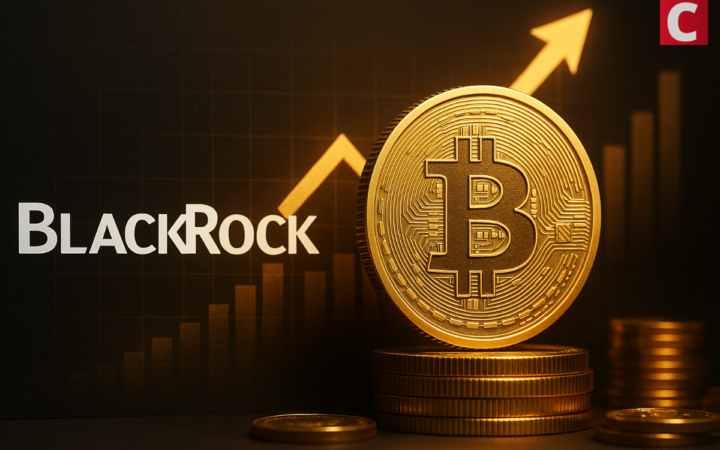
With over 3 years of crypto writing experience, Bena strives to make crypto, blockchain, Web3, and fintech accessible to all. Beyond cryptocurrencies, Bena also enjoys reading books in her spare time.
Investing in advanced restaking protocols aligns with Binance Labs’ strategic focus on this domain.
 Edited by Julia Sakovich
Updated
3 mins read
Edited by Julia Sakovich
Updated
3 mins read

Binance Labs, Binance‘s venture capital subsidiary, has invested in StakeStone, an omnichain liquidity distribution network amid ongoing interest in the restaking sector, where significant capital continues to flow. However, the specific investment amount remains undisclosed.
The move underscores Binance Labs’ increasing focus on restaking, where users stake their already staked assets to generate additional returns. StakeStone aims to provide a comprehensive platform, connecting diverse yield sources beyond just cryptocurrencies, offering a versatile solution for this emerging trend.
In an interview with The Block, Charles K, co-founder of StakeStone, said that StakeStone, an “omnichain liquidity distribution network”, claims to combine diverse yield sources – including Ethereum staking, restaking, tangible assets, artificial intelligence (AI), and decentralized physical infrastructure network assets, into an integrated system.
Currently, StakeStone enables restaking of Ethereum, where users staking Ether receive STONE, a “yield-bearing ETH” token. This token can be further staked to accumulate additional rewards. Furthermore, Charles also hinted at a potential “yield-bearing BTC (STONE BTC)” offering within the Bitcoin restaking space.
Investing in advanced restaking protocols aligns with Binance Labs’ strategic focus on this domain. In the earlier part of 2024, they backed Bitcoin restaking protocol Babylon and Ethereum restaking protocols Renzo and Puffer Finance. Their portfolio also includes Ethena Labs, which builds synthetic dollar protocols, and Derivio, a decentralized derivatives exchange built on zkSync.
Binance Labs, the $10 billion undertaking capital arm, recently experienced restructuring. It now operates independently, with employee contracts segregated from Binance’s main exchange operations. However, this move aims to foster greater self-reliance while preserving operational continuity, similar to the BNB Chain project’s structure.
In June 2022, Binance Labs secured its maiden external funding through a substantial $500 million capital raise; however, reports indicate that they subsequently returned a portion of the undeployed capital to their limited partners later in the year.
StakeStone’s roadmap outlines its continued evolution, adapting to novel underlying assets based on market trends. The protocol also stresses specialized consensus mechanisms used in Artificial Intelligence (AI) and Decentralized Physical Infrastructure Networks (DePINs). This dedication to future-proofing ensures StakeStone’s relevance as the blockchain ecosystem advances.
From start to finish, our goal is to build a long-term, decentralized, omnichain liquidity distribution network that serves as an infrastructure for security sharing at the consensus layer and increased efficiency at the application layer, said Charles.
StakeStone’s collaboration with Binance Labs represents a substantial progression in its goal of transforming omnichain liquidity allocation. StakeStone is strategically positioned to influence the multi-chain ecosystem’s evolution significantly highlighting transparency, scalability, and a long-term decentralized vision.
Disclaimer: Coinspeaker is committed to providing unbiased and transparent reporting. This article aims to deliver accurate and timely information but should not be taken as financial or investment advice. Since market conditions can change rapidly, we encourage you to verify information on your own and consult with a professional before making any decisions based on this content.

With over 3 years of crypto writing experience, Bena strives to make crypto, blockchain, Web3, and fintech accessible to all. Beyond cryptocurrencies, Bena also enjoys reading books in her spare time.





